Wine Tasting Techniques; How To Taste Better.
Chapter Three. Part Eleven.
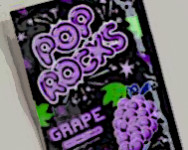
Do you remember Pop Rocks – the 1970’s candy made of carbonated sugar granules tinted with some sort of unearthly dye and coated in polyethylene? When eaten, the outer plastic sealant dissolved and a radioactive uranium isotope was released, creating a tiny nuclear reaction in your mouth. But it was a happy nuclear reaction, filled with cheerful little explosions of flavor – just like grandma used to make.
Okay, so maybe it wasn’t polyethylene or a nuclear reaction, but that’s what it felt like. You may find this hard to believe but I try to be completely honest in my writing. I also try to be 175 pounds and that’s not working out so well either.
It’s A Matter Of Degrees.
Chapter Three, Part Ten.
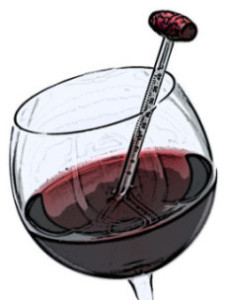 Proper wine tasting technique starts with serving wine at the right temperature. Don’t get me wrong. I’m not one of those extremists who bring a wine thermometer to a restaurant and obsess over a few degrees. I’d much rather obsess over something important like who’s picking up the check.
Proper wine tasting technique starts with serving wine at the right temperature. Don’t get me wrong. I’m not one of those extremists who bring a wine thermometer to a restaurant and obsess over a few degrees. I’d much rather obsess over something important like who’s picking up the check.
When wine is served too cold it will exhibit less flavor than one served at room temperature. This is good if the flavors are bad, but it’s bad if the flavors are good. What I’m saying is, cold masks both the quality and the flaws in wine. Studies have shown that people who drink wine too cold become bored and their lives soon lose meaning, usually resulting in heroin abuse or worse, a subscription to People Magazine.
Read MoreA Lesson In How To Smell Better.
Chapter Three, Part Seven.
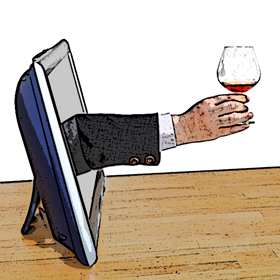 Late in 1993 an ENT specialist assured me that sinus surgery would not affect my sense of smell. He lied.
Late in 1993 an ENT specialist assured me that sinus surgery would not affect my sense of smell. He lied.
Months after the surgery I still couldn’t smell which was a little disconcerting since I was about to make wine sniffing my life’s work. I felt like Manny Ramirez facing Mariano Riviera in the bottom of the ninth – minus the steroids.
The surgery made my sense of smell spotty and inconsistent which made analyzing wine difficult. I had to get my schnoz back in shape so I sent it to basic training snoot camp. I’d go to a wine tasting and smell every wine in the room. When I had a snoot-full and thought about quitting I’d hear this drill sergeant in my head screaming, “Come on Carter! Gimme 50 more! You can do it ya pussy! Sniff that Beaune, smell that Pfalz!” Within a year I probably stuck my nose in 10,000 wine glasses, which wasn’t nearly as much as I stuck it in other people’s business. The work paid off and today my nose runs constantly.
Read MoreWine Evaluation; The Nose Knows No’s Not An Option.
Chapter Three, Part Six.
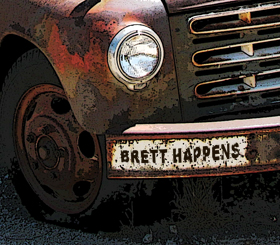 In certain wine circles people share the opinion that the difference between an aroma and a bouquet has to do with the age of the wine. They believe that young wines display aroma, and only when wine reaches maturity will it develop a bouquet. While studying for my Sommelier certificate, I was taught that aroma comes from the grape variety and bouquet stems from the vinification process. I, of course, don’t subscribe to either school of thought.
In certain wine circles people share the opinion that the difference between an aroma and a bouquet has to do with the age of the wine. They believe that young wines display aroma, and only when wine reaches maturity will it develop a bouquet. While studying for my Sommelier certificate, I was taught that aroma comes from the grape variety and bouquet stems from the vinification process. I, of course, don’t subscribe to either school of thought.
Don’t Be So Sensitive; Sensory Adaptation & Wine Tasting.
Chapter Two, Part Seven.
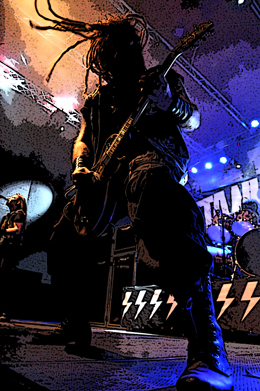 As a regular reader of WineSnark, you’ve learned the various ways your body perceives flavor so now you can relax, have a bite to eat and enjoy a glass of wine. Once you do however, you might as well throw all you’ve learned into the recycle bin because when you introduce new chemical compounds to your body the equation changes. By the way, my wife just loves it when she cooks all day and I tell her she’s made a delicious “chemical compound”.
As a regular reader of WineSnark, you’ve learned the various ways your body perceives flavor so now you can relax, have a bite to eat and enjoy a glass of wine. Once you do however, you might as well throw all you’ve learned into the recycle bin because when you introduce new chemical compounds to your body the equation changes. By the way, my wife just loves it when she cooks all day and I tell her she’s made a delicious “chemical compound”.
Food is just one of the many things that can affect your sensory perceptions, most of which you can control about as well as a bad comb-over on a windy day.
Read More



















